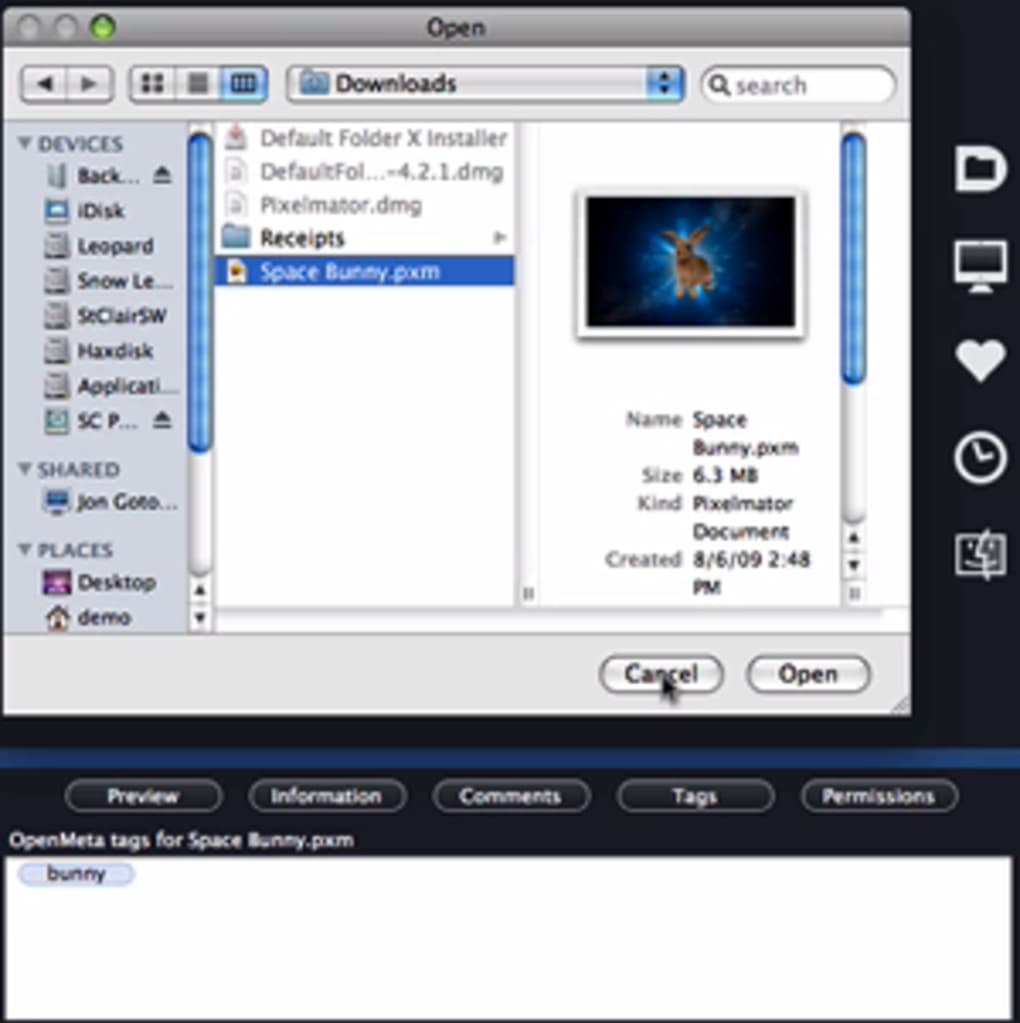

- #Default folder x does not return to last folder when saving how to
- #Default folder x does not return to last folder when saving mac os x
- #Default folder x does not return to last folder when saving windows
This is to keep the folder delimiter consistent from platform to platform, as Macintosh OS X and Unix machines use a '/'.īoth Mac OS X and other Unix/Linux operating systems designate the "root volume", or boot drive, with a '/' all other files and folders on the root volume are relative to the '/'.
#Default folder x does not return to last folder when saving windows
Note: Be aware that LiveCode, when dealing with Windows paths, uses a '/' instead of the more common '\' that Windows machines usually employ. Windows computers uses the notation above, with the drive letter first, followed by the folder names, then the file. The syntax of absolute paths varies from platform to platform. The term "absolute" is used because as long as the data file remains in that exact location, then it is accessible, without variation, using that path. In this particular case, this path is an absolute path pointing to an image. That resides on the disk drive that has been labeled "c:\" That is located in a folder called "Documents and Settings" That is located in a folder called "localuser" Located within a folder entitled "My Documents" Is a Windows-style file path pointing to: Such paths are created by beginning at the top of the computer's file system-designated by a letter in Windows and a slash in Mac OS X and Unix systems, and then moving down the file structure, naming every folder that encloses the file, in descending order, until the file is reached.Ĭ:/Documents and Settings/localuser/My Documents/Schmetterling.gif In order to work successfully with external files, you must understand file paths, which are basically descriptions of the exact location of a particular file. Referencing External Files Absolute File Paths Another reason for having external files is to allow access to such files by multiple applications. If the data for your resources are contained in discrete files external to the actual application, then the application itself will run more quickly and smoothly as it will not be bogged down by an inordinate amount of data. The primary reason for working with external files is to decrease the actual memory required by your application.
#Default folder x does not return to last folder when saving how to
Know how to set the defaultFolder property.Understand the purpose of the defaultFolder property.Know the difference between an absolute path and a relative path.Recognize the differences in file paths (most notably in drive names) between Windows and Mac OS X/Unix operating systems.Objectivesīy the end of this reading you should know the following: Doing so effectively and efficiently is a challenge, but it also increases the elegance with which your application executes itself. When dealing with any type of application development, particularly on a large scale, it often becomes necessary to work with data contained in files other than the current stack. Office of Digital Humanities Back BYU LiveCode Lessons Gateway Digital Humanities & Technology 210 Working with External Files


 0 kommentar(er)
0 kommentar(er)
